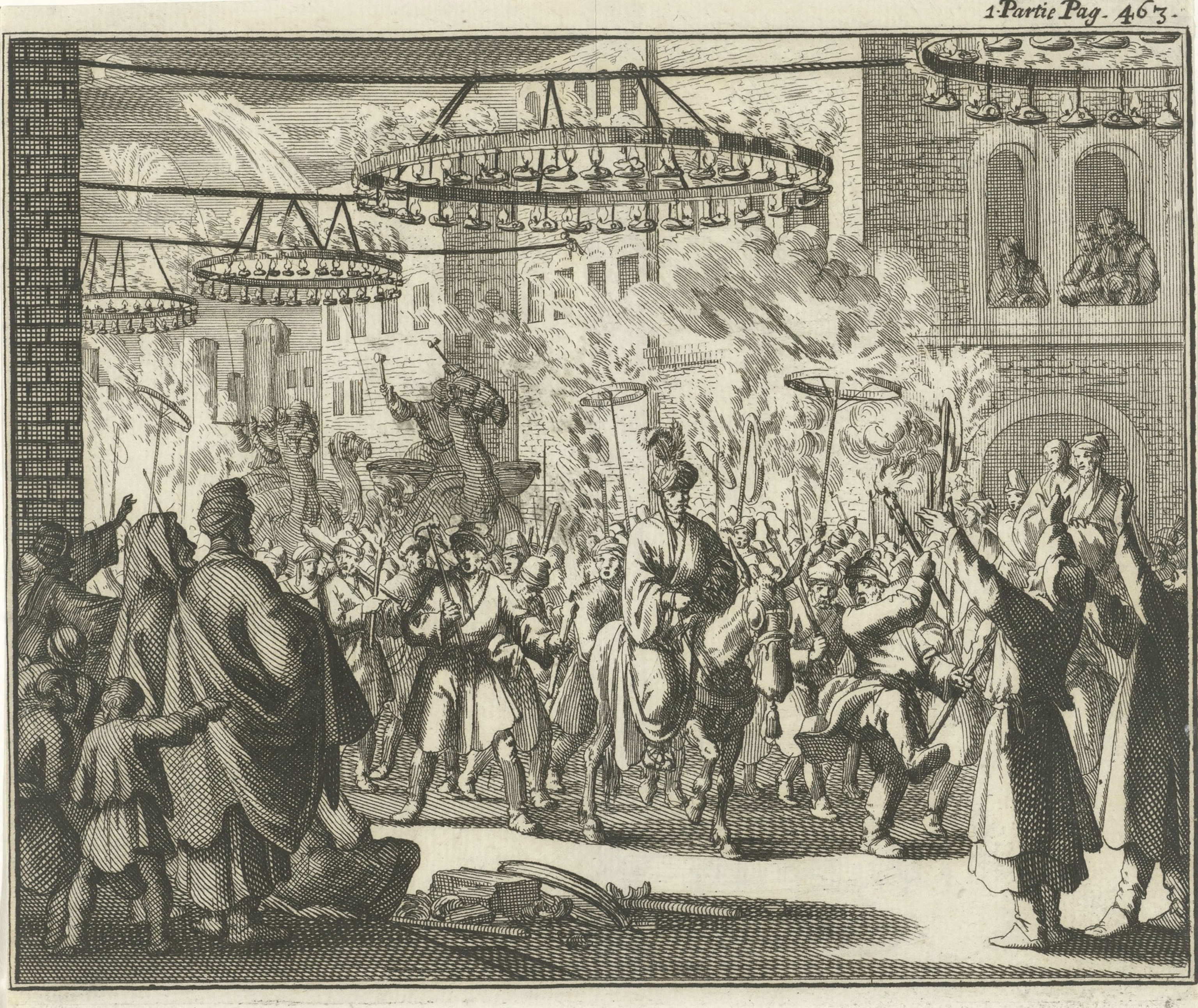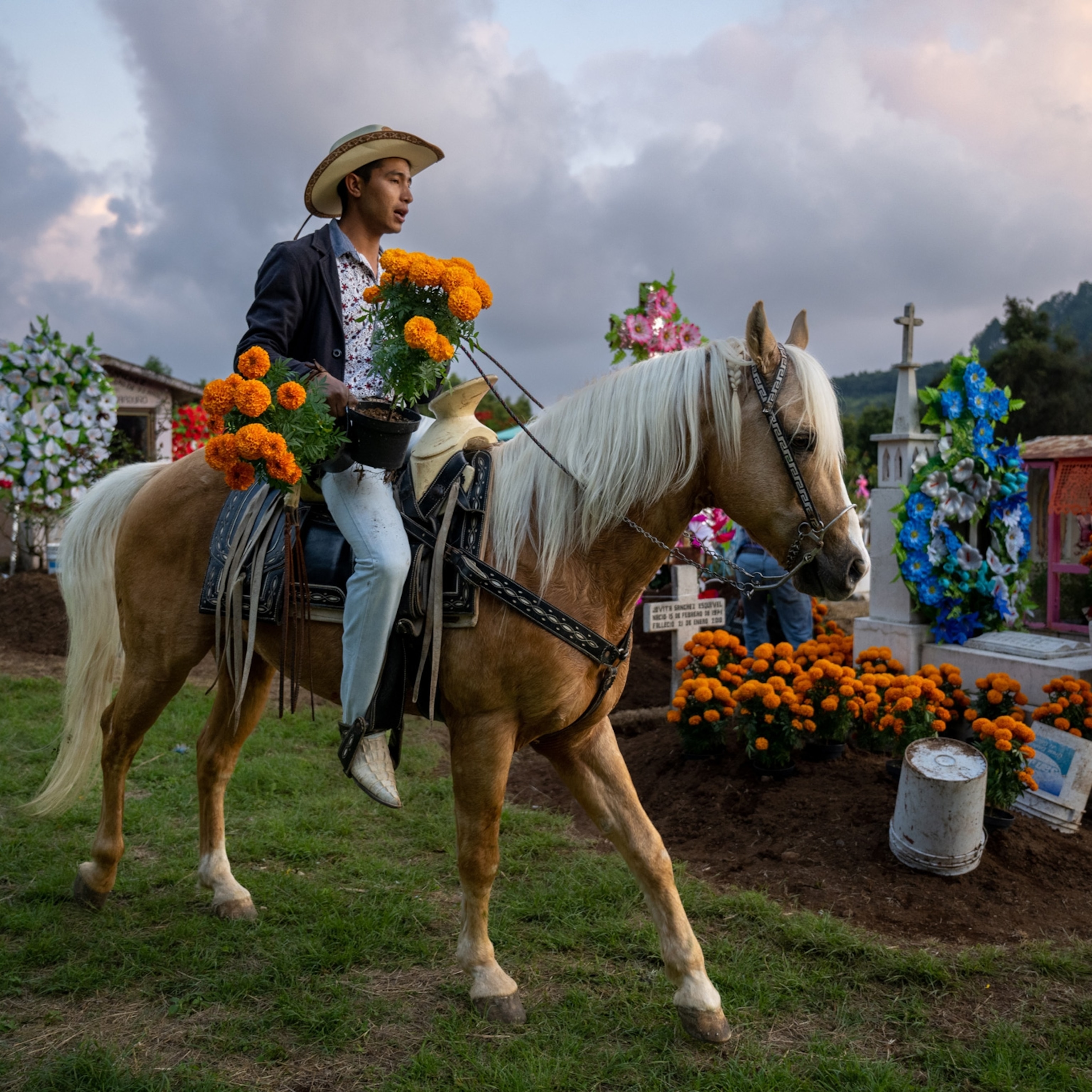
Top 10 things to know about Mardi Gras
Parades, elaborate costumes, and the king of all cakes are all hallmarks of the iconic festival.
From Rome to New Orleans, Mardi Gras is the ultimate carnival.
In fact, it’s the last day of what is known as Carnival season. This period of revelry begins on Epiphany on January 6 and ends 47 days before Easter with the arrival of Lent, a time when many Catholics will forgo meat or make other temporary sacrifices. In 2024, Mardi Gras falls on Tuesday, February 13.
Mardi Gras—just one of the festival’s many names—is marked by raucous parties and parades, revelers wearing elaborate costumes, and delicious foods. Some begin celebrating on the night before Epiphany with a festival known as Twelfth Night. Here’s what you need to know.
1. Its origins can be traced to ancient times
The holiday’s roots date back thousands of years to Roman celebrations of fertility and the coming spring season. When Christianity spread through ancient Rome, these festivals transformed to mark the start of Lent.
(Carnival vs. Mardi Gras: What's the difference?)

While Mardi Gras is celebrated around the world, few places are more synonymous with the holiday than New Orleans.
The city has been celebrating Mardi Gras since the 18th Century, when the celebratory period was dominated by formal events like balls. After the Civil War, the city’s economy struggled, and in 1872, Mardi Gras organizers in New Orleans posted flyers at train stations around the country to encourage tourism. The successful tourism campaign continues to attract over a million people to New Orleans every year.
2. It goes by many names, including Shrove Tuesday…
In the Middle Ages, people would use the day to acknowledge their sins in preparation for Lent. At the time, to shrive meant to confess, and so the day ultimately became known as Shrove Tuesday after the past tense of the verb.

3. …and Fat Tuesday…
Why is Mardi Gras also called Fat Tuesday? Well, it’s simple: in French, "mardi" means Tuesday and "gras” means fat.
The name is derived from the religious origins of the festival. Mardi Gras falls on the day before Ash Wednesday, a day of repentance that ushers in Lent. For many revelers, that makes Mardi Gras their last chance to eat as much meat and fatty foods as they like before entering the season of fasting and abstaining from meat.

4. … and Pancake Day
In some countries—including the United Kingdom, Ireland, Australia, and Canada—this gluttonous day is also called Pancake Day. In addition to abstaining from meat, the early Catholic Church prohibited people from consuming any other foods that come from “flesh,” including milk, fat, and eggs. So Christians would make pancakes to use up those ingredients—and gorge for one last time. Many still celebrate by eating pancakes on this day.
5. Parade floats are organized by tight-knit krewes
Social organizations called krewes host balls and stage parade floats. Each krewe has a “royal court” with kings, queens, dukes, and duchesses. Some are exclusive to men or women while others are more open.

One of the most famous krewes is called the krewe of Rex. The all-male krewe has been staging Mardi Gras events in New Orleans since 1872 and are the ones who started the tradition of using the holiday’s famous colors: yellow, purple, and green.
Another famous New Orleans krewe is called Zulu, an all-Black organization that formed when krewes in New Orleans were segregated by race. Their most famous krewe king was Louis Armstrong, who led the krewe in 1949. Zulu started the tradition of throwing party favors toward parade onlookers. Before beads were popular, Zulu threw gold-colored walnuts to their crowds.
Mardi Gras Indian "tribes" were also traditionally Black organizations created as a response to segregated krewes. The early 19th century tradition was influenced by Native tribes who helped enslaved Americans escape to freedom and consisted of elaborate costumes and parades. Around 40 tribes in New Orleans continue the tradition today.
6. King cake is… king
Mardi Gras is known for its indulgence—and no food is more ubiquitous in New Orleans during Carnival season than the king cake. This ring-shaped, yellow, green, and white-colored cake is baked with a surprise inside: a tiny figurine of a baby thought to represent the baby Jesus. Whoever receives the slice of cake with the baby inside is named king for the day—and, by some customs, is obligated to bake another cake or throw a party to keep the revelry going.
7. America’s oldest Mardi Gras celebration may be found in Mobile
New Orleans is undoubtedly the modern center of Mardi Gras in America, but historians say the country’s oldest celebration was likely in Mobile, Alabama. They point to travel journals left behind by French soldier and explorer Pierre Le Moyne D’Iberville, who observed a Mass performed on Mardi Gras Day around the turn of the 18th century. Today, the city still goes all out for Mardi Gras with a parade, balls, and elaborate costumes.

8. The holiday takes a toll on the environment
Strands of plastic beads are ubiquitous on New Orleans streets during the carnival season. Krewes have been tossing beaded strands to crowds since the 1960s.
Add up all those beads, party favors, drink cups, and decorations, and the city estimates it tosses around 2.5 million pounds of Mardi Gras waste each year. In 2022, the city dumped 1,150 tons of trash into landfills over the course of 11 days.

Groups are popping up to mitigate this onslaught of festive trash. Some organizations make trash pick-up part of the parade, walking alongside floats with receptacles. Others are making beaded necklaces out of biodegradable material.
(Read more about how New Orleans is tackling its Mardi Gras trash.)
9. It’s a time for disguise
Costumes have long been part of Carnival and Mardi Gras celebrations. Carnival in Venice, for example, was inspired by the ancient Roman feast of Saturnalia, during which revelers wore masks to allow for “unbridged entertainment that subverted the social order.”

When Mardi Gras arrived in the U.S., so did this tradition of disguise. According to The Times-Picayune, many of the early Mardi Gras celebrants in New Orleans imported their costumes from Europe. Today, krewe members don masks and brightly colored satin costumes—which “allow the wearer to have fun and get away with gentle mischief,” Louisiana State Museum curator of costumes and textiles Wayne Phillips told the paper.
10. Places around the world have their own unique traditions
Venice still celebrates Carnival season with elaborate disguises—and is home to some of the holiday’s most famous costumes. One particularly popular costume is the bauta, a mask that covers the whole face with no opening for the mouth. Others dress as a plague doctor, wearing the same beaked mask that doctors wore to treat plague patients in the 17th century.
(5 spectacular places to celebrate Carnival.)
LIke Mardi Gras in New Orleans, Brazil’s carnival season also celebrates indulgence in excess before Lent. The festivities share similar ancient Roman origins with its American counterparts.
In Rio de Janeiro, streets are filled with parades, dancing, costumes, and balls the weekend before the Catholic holiday.
And some communities in the U.S. have put their own unique spin on Mardi Gras. In rural Louisiana, people gather on Fat Tuesday for the annual Courir de Mardi Gras, a Cajun tradition that includes a costumed foot race and attempts to climb a greased pole to be the first to catch a chicken that’s perched at the top.
Related Topics
You May Also Like
Go Further
Animals
- Charlotte, the 'virgin birth' stingray, has a diseaseCharlotte, the 'virgin birth' stingray, has a disease
- See how billions of cicadas are taking over the U.S. this summerSee how billions of cicadas are taking over the U.S. this summer
- Why are orcas ramming boats? They might just be bored teenagersWhy are orcas ramming boats? They might just be bored teenagers
- These pelicans are starving to death—despite plenty to eatThese pelicans are starving to death—despite plenty to eat
- The world's largest fish are vanishing without a traceThe world's largest fish are vanishing without a trace
Environment
- 2024 hurricane season forecasted to be record-breaking year2024 hurricane season forecasted to be record-breaking year
- Connecting a new generation with South Africa’s iconic species
- Paid Content
Connecting a new generation with South Africa’s iconic species - These images will help you see coral reefs in a whole new wayThese images will help you see coral reefs in a whole new way
- What rising temps in the Gulf of Maine mean for wildlifeWhat rising temps in the Gulf of Maine mean for wildlife
- He’s called ‘omacha,’ a dolphin that transforms into a man. Why?He’s called ‘omacha,’ a dolphin that transforms into a man. Why?
History & Culture
- Think customer service is bad now? Read this ancient complaintThink customer service is bad now? Read this ancient complaint
- The tragic backstory of one of the most haunted roads in AmericaThe tragic backstory of one of the most haunted roads in America
- The missing heiress at the center of New York’s oldest cold caseThe missing heiress at the center of New York’s oldest cold case
- When a people's stories are at risk, who steps in to save them?When a people's stories are at risk, who steps in to save them?
- I wrote this article with a 18th century quill. I recommend it.I wrote this article with a 18th century quill. I recommend it.
- Why this Bronze Age village became known as ‘Britain’s Pompeii’Why this Bronze Age village became known as ‘Britain’s Pompeii’
Science
- How being the oldest or youngest sibling shapes your personalityHow being the oldest or youngest sibling shapes your personality
- Tuberculosis is rising in the U.S. again. How did we get here?Tuberculosis is rising in the U.S. again. How did we get here?
- Are ultra-processed foods as addictive as cigarettes?Are ultra-processed foods as addictive as cigarettes?
- Epidurals may do more than relieve pain—they could save livesEpidurals may do more than relieve pain—they could save lives
Travel
- These Algerian communities live in the Saharan sand seasThese Algerian communities live in the Saharan sand seas
- This German city doesn’t exist, according to a conspiracy theoryThis German city doesn’t exist, according to a conspiracy theory
- The best way to experience Slovenian cuisine? On two wheelsThe best way to experience Slovenian cuisine? On two wheels
- Flying taxis may be landing soon. Here's what to knowFlying taxis may be landing soon. Here's what to know







